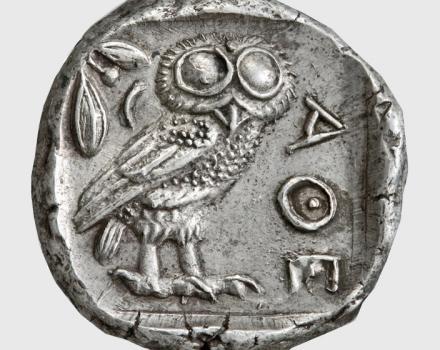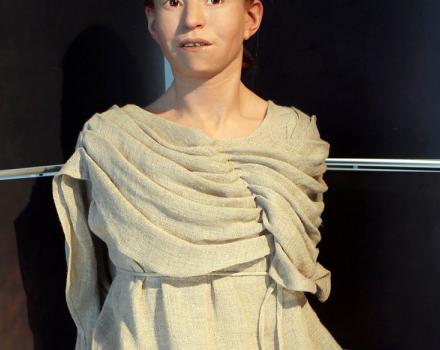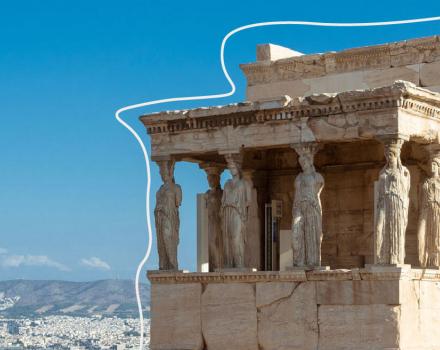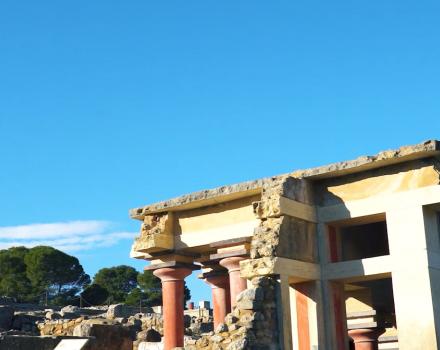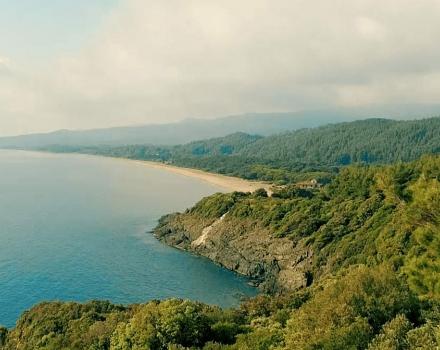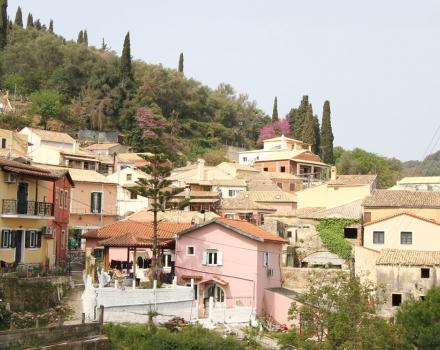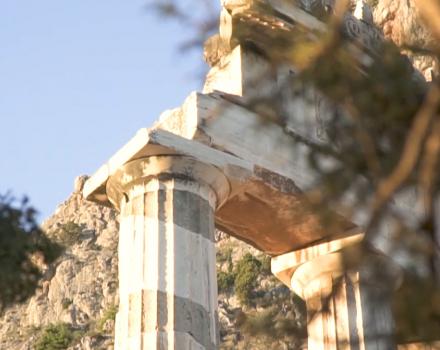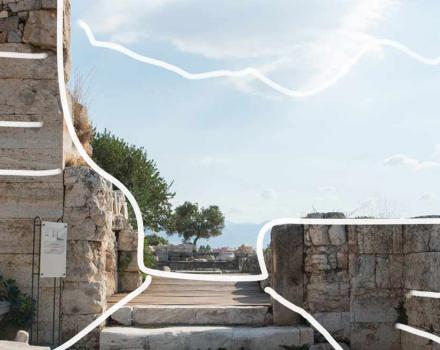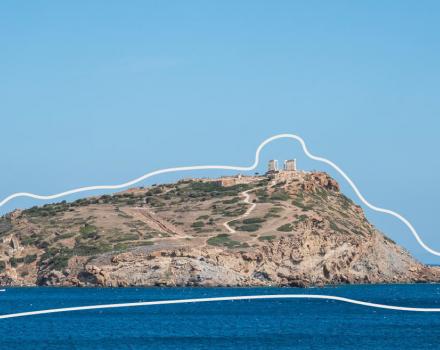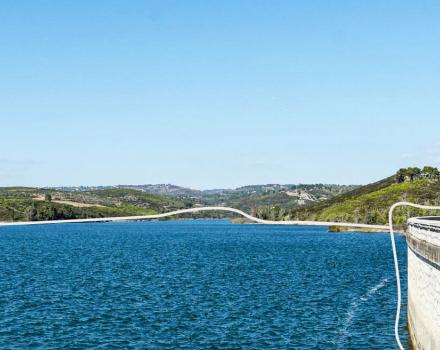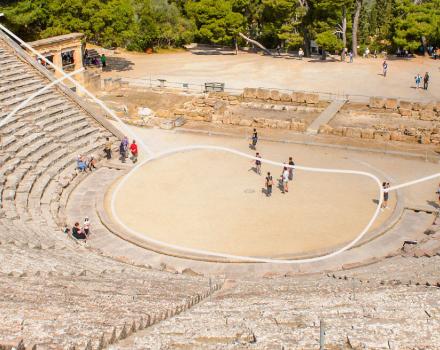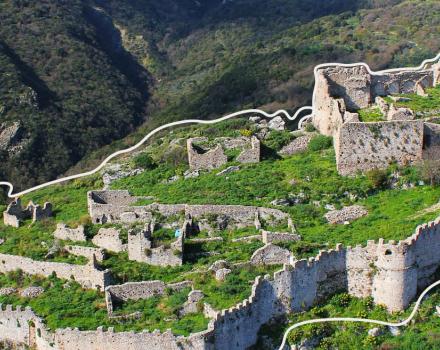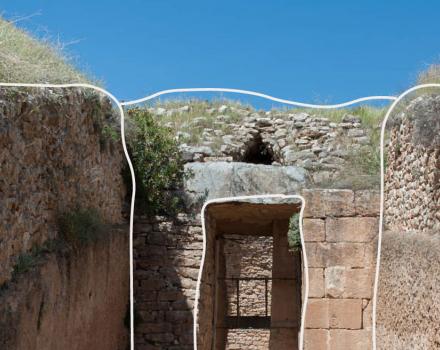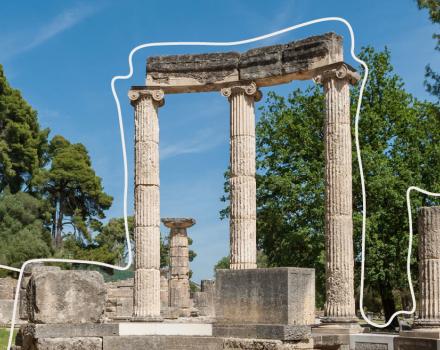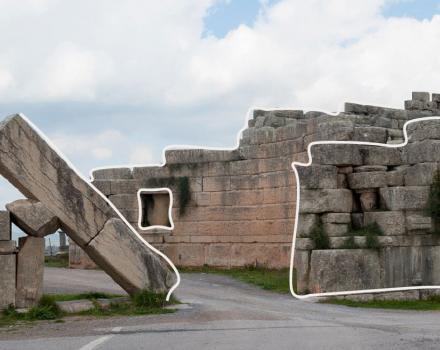The Metro of Thessaloniki will be worldwide unique, due to the archaeological sites that will be preserved in its stations. With the excavations being completed at 95%, the next step is how the 300,000 archaeological finds, movable and monumental sets that came to light during the opening of the Metro tunnels, will be exploit. After disputes, tergiversations and litigations that cost both time and money, and after the decisions of KAS, to maintain part of the antiquities, the city will have "Both Antiquities and Metro", as was the obvious request. This was also the title of the meeting recently co-organized by the Ephorate of Antiquities of Thessaloniki City (EFAPOTH) and Attiko Metro S.A., informing the public about the antiquities of Metro and the progress of the construction works.
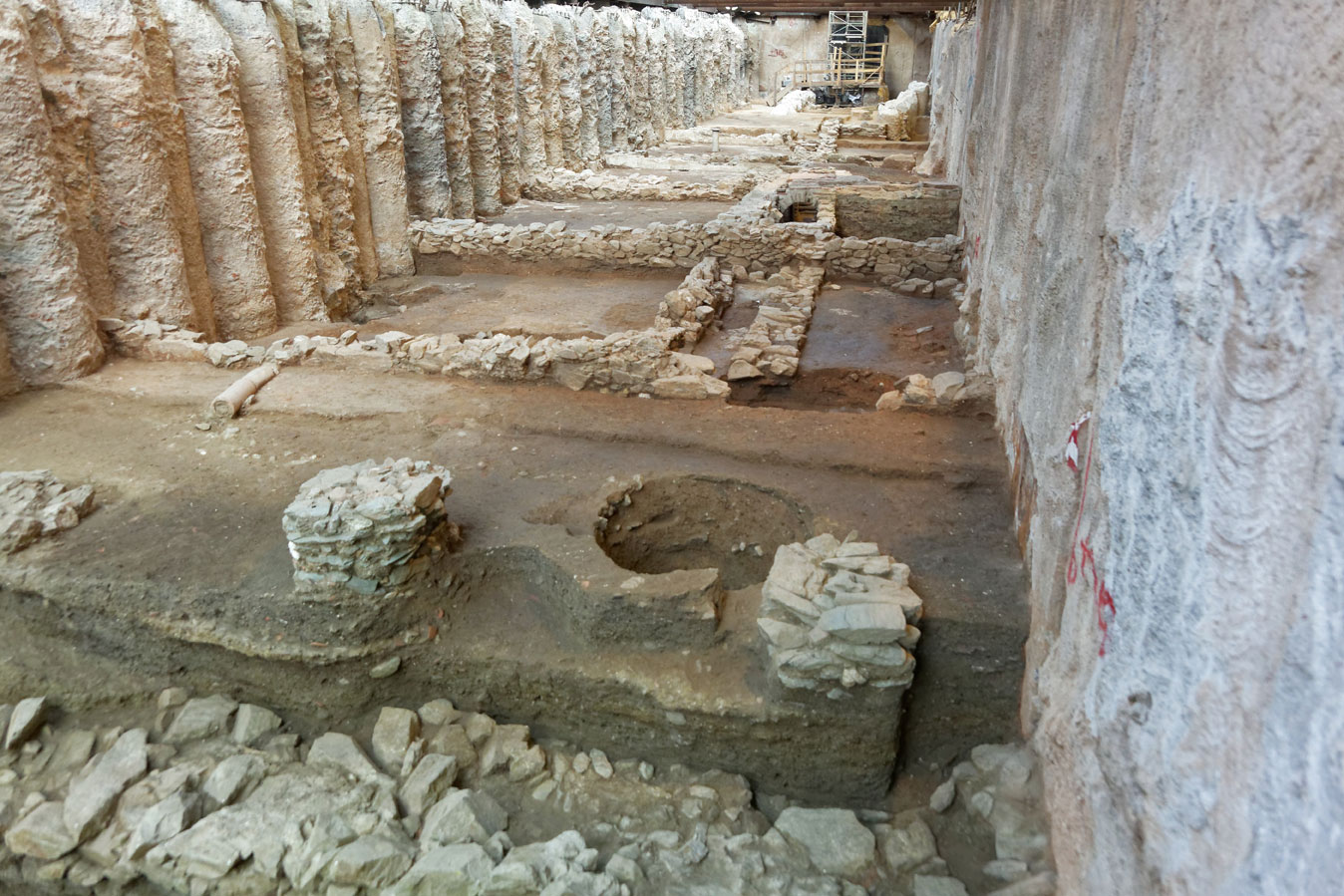
Since the beginning of the excavations, in 2006, the buried Thessaloniki which came to light in each and every pile, narrates its constant habitation from the 4th century B.C. until the fire of 1917, which burned almost the entire historic center. A brilliant story, as the unique finds that cοuld fill stations and one or two museums, evidenced.
"After disputes and tergiversations that cost both time and money, Thessaloniki will acquire a Metro network that looks like a museum, thanks to the preservation of the underground monuments in their position.
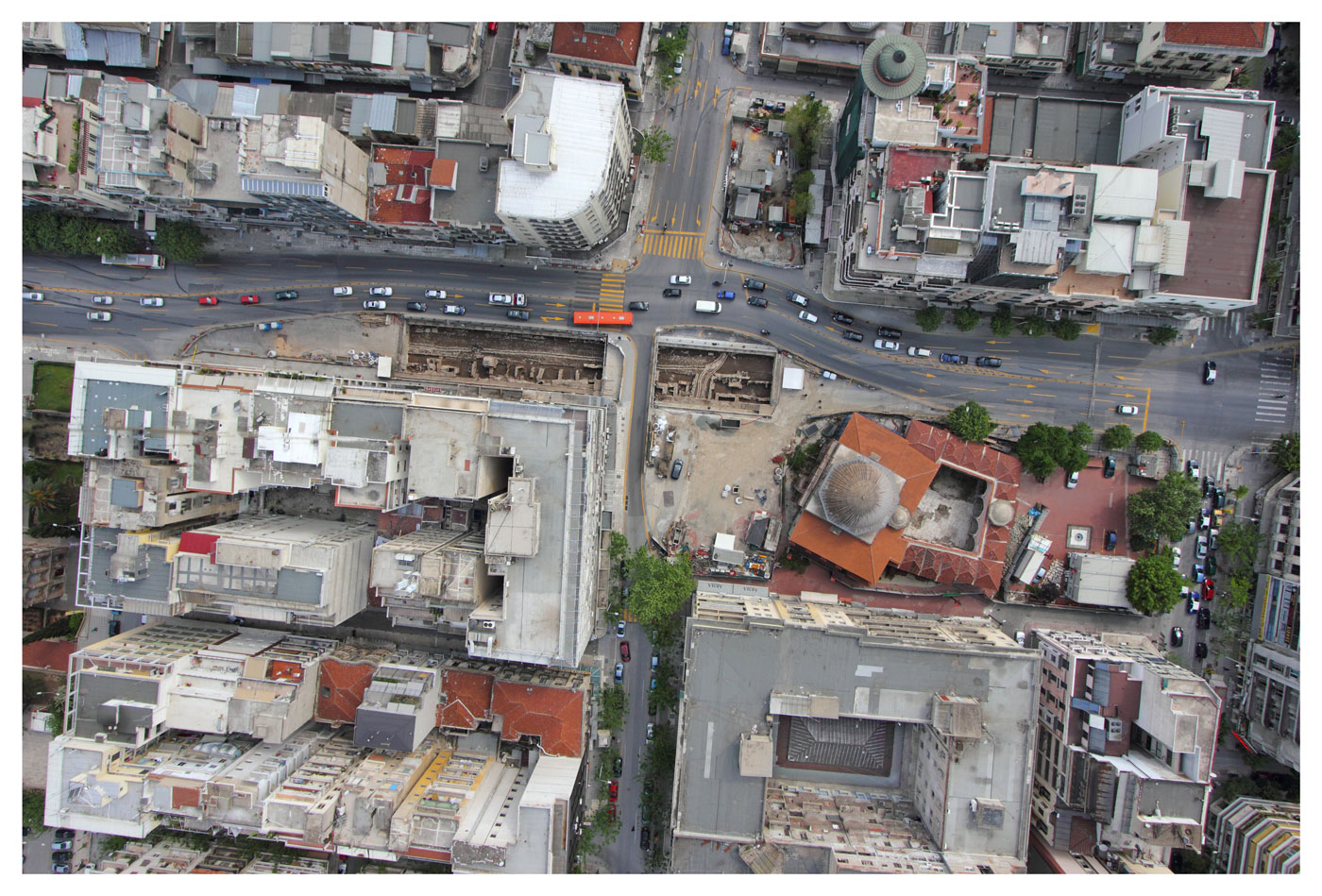
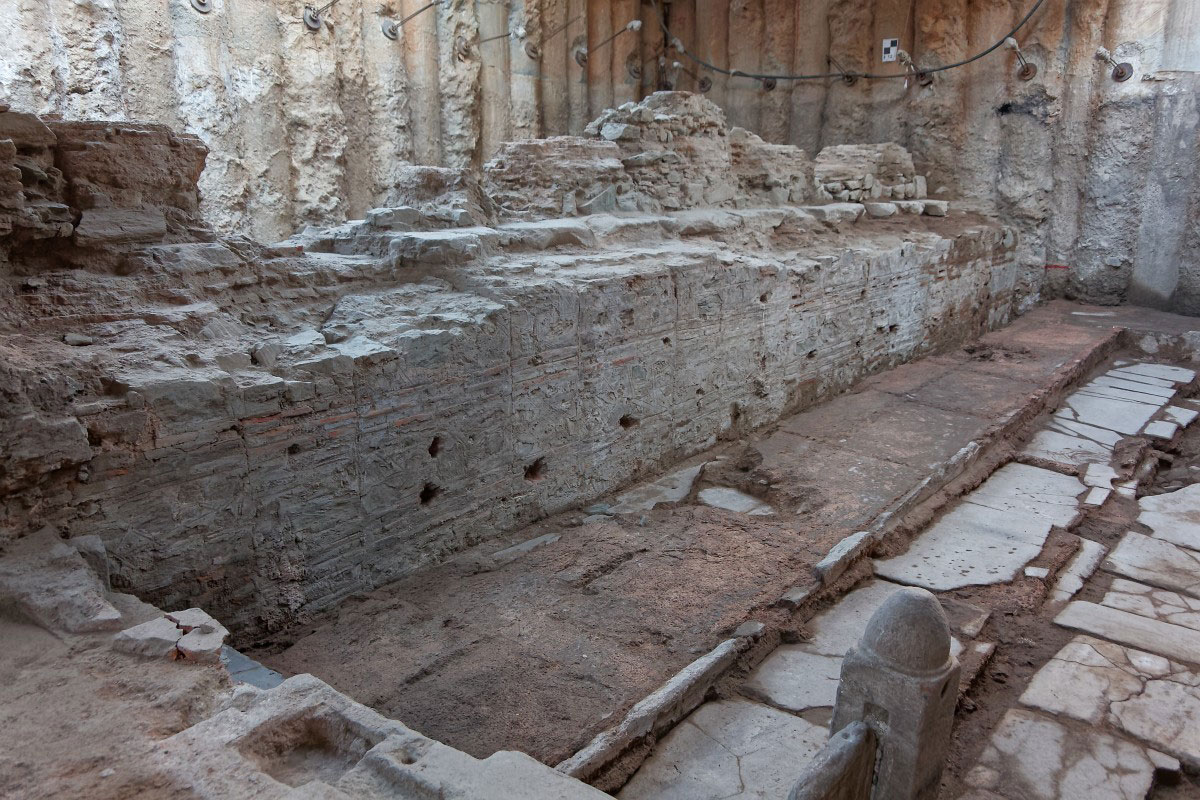
Starting with the preexisting city of Pylea, before Cassander created Thessaloniki in 315 B.C. The section of the settlement (31 acres) revealed in the "Depot" of the base line of the Metro, showed that there was a thriving city, organized by the Hippodamian urban planning adjusted in the standards of the big cities of Macedonia, Pella and Olynthos. Having strong economy in the second half of the 4th c. B.C., the city was abandoned after the founding of Thessaloniki. The Roman cemetery (2nd-4th century A.D.) hosting at the borders of the Fleming Station revealed aspects of another, unknown settlement on the outskirts of ancient Thessaloniki.
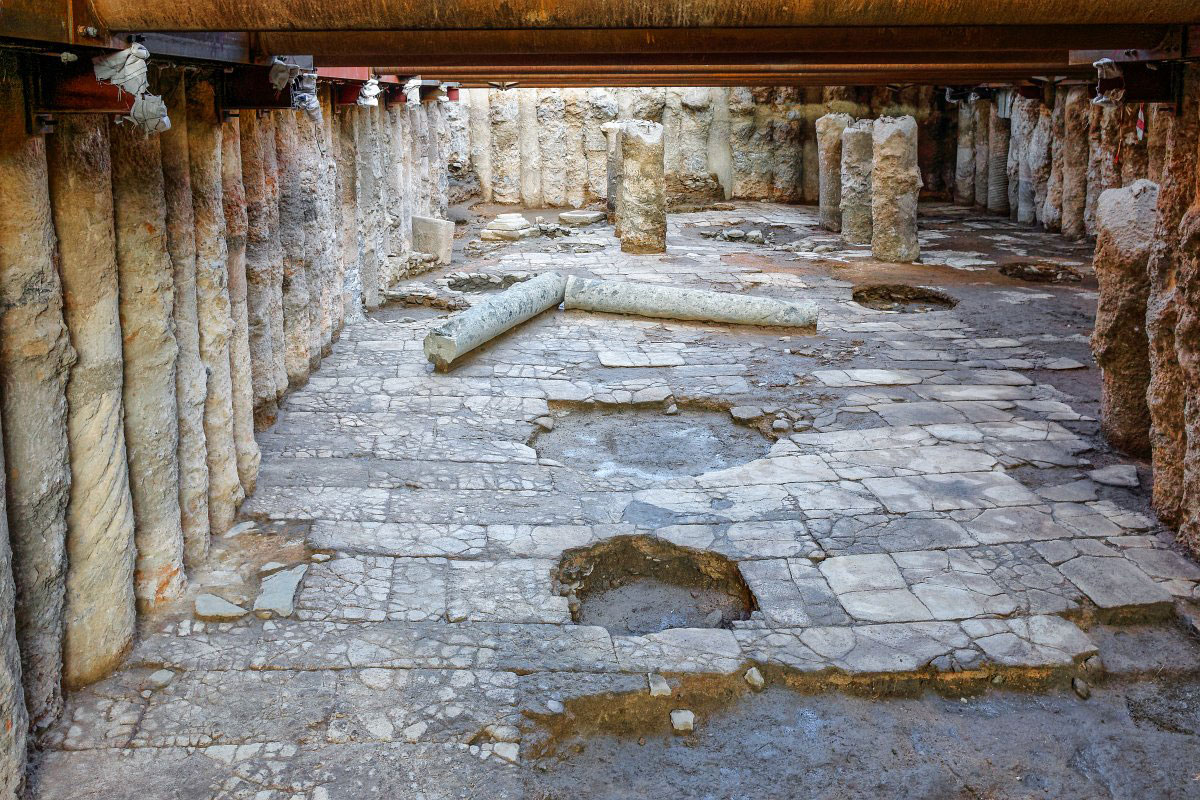
The largest collection of antiquities comes from Thessaloniki of Cassander and beyond this timeperiod. At Sintrivani Station a large section of the eastern cemetery and a three-aisled basilica were descovered at the position of an older building with mosaic floors. The archaeological excavation brought to light 3,000 burial monuments that witness the continuous inhabitation of the area from the Hellenistic period to Late Antiquity. The various types of the tombs were decorated with vases, figurines, jewels and coins.
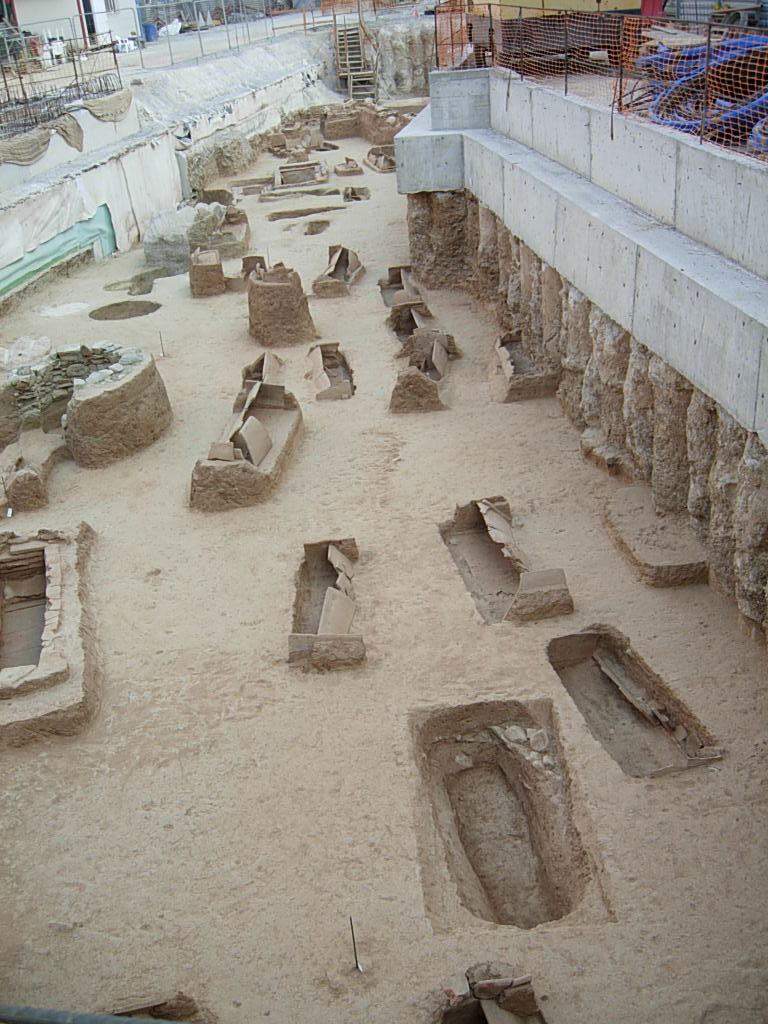
Venizeloy and Aghia Sofia Stations
The density of the antiquities in the underground level of Venizeloy and Aghia Sofia Stations was an aggravating experience for archaeologists as the Metro line was made under today's Egnatia Street which coincides with the main road axis of the ancient city since its foundation. The findings that reveal Thessaloniki's urban organization since its foundation to the end of Late antiquity are many. The city was designed with the Hippodamian city planning: streets perpendicular to each other formed residential islands with residences and workshops.
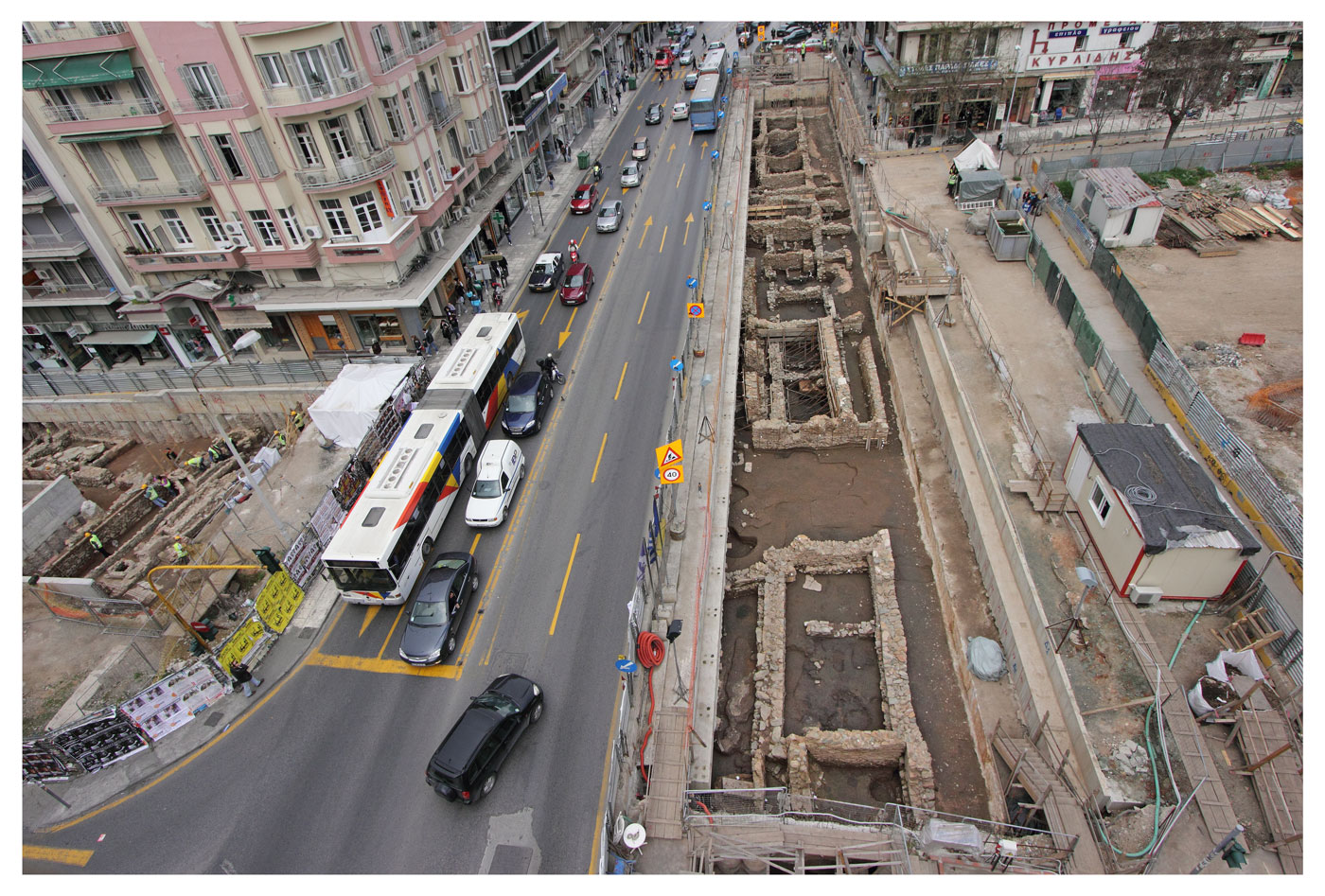
In the 4th c. A.D., the marble-lined streets are surrounded by columned galleries where large buildings complexes with mosaic floors, marble revetments etc, are built bothways. At the same period of time, the fountain building / nymphaeum, which is located at Agia Sophia Station, north of the imposing Decumanus Maximus (the main Roman road from East to West), at the intersection with the cardo (vertical road from North to South) is dated. Decorated with niches that accommodated statues, the monumental nymphaeus quenched the city and passers-by’s thirst. In the 6th century Decumanus is widened, the oldest buildings are flattened and the public space is formed with paved squares, galleries and nymphaea that combine the last monumental picture of Thessaloniki in the Late antiquity.
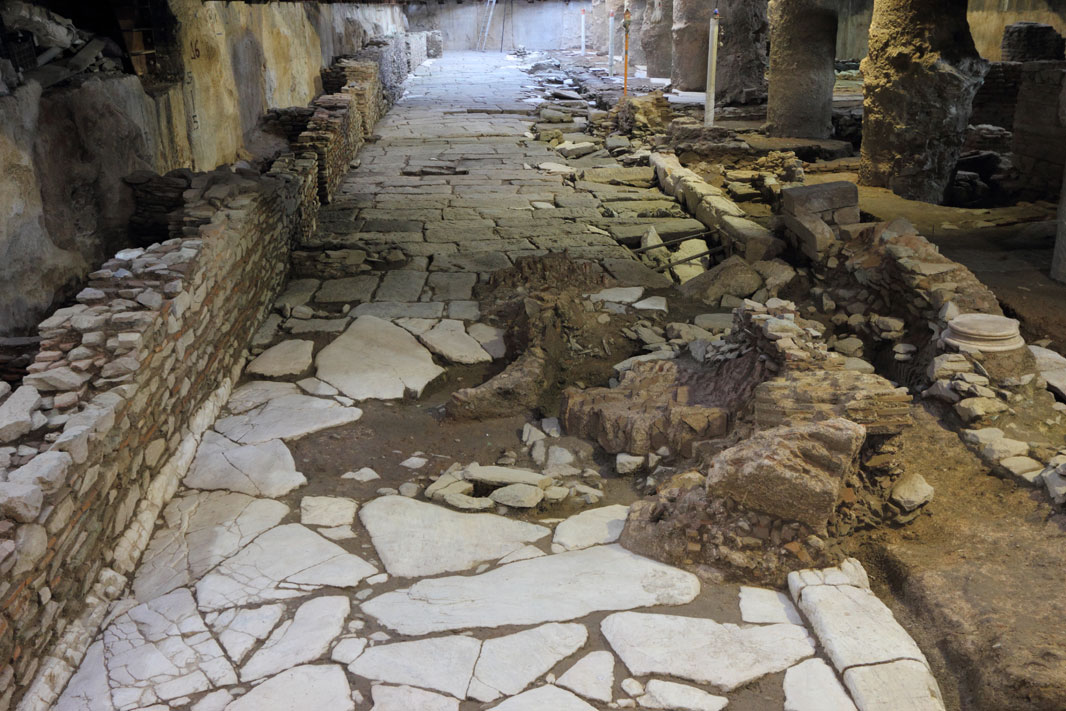
Engraved on the trail of Decumanus Maximus, the gravel - lined Avenue or Middle of the Byzantines, having 5.5 to 6.5 meters, as its average width, revealed at Venizeloy and Aghia Sofia Stations. At this time new streets are being created, the existing ones are changing course, the public space, the pavements and the old galleries are occupied by islands with mud –build buildings. The region was full of life throughout the Byzantine period, as there were workshops and shops with different kinds of metallurgy, glassware, ceramics, jewlery, etc. During the Ottoman era, urban changes only attempted to the end of the second half of the 19th century, with the aim of creating a city according to European standards.
"300,000 archaeological finds, movable and monumental sets, came to light during the opening of the Metro tunnels in Thessaloniki

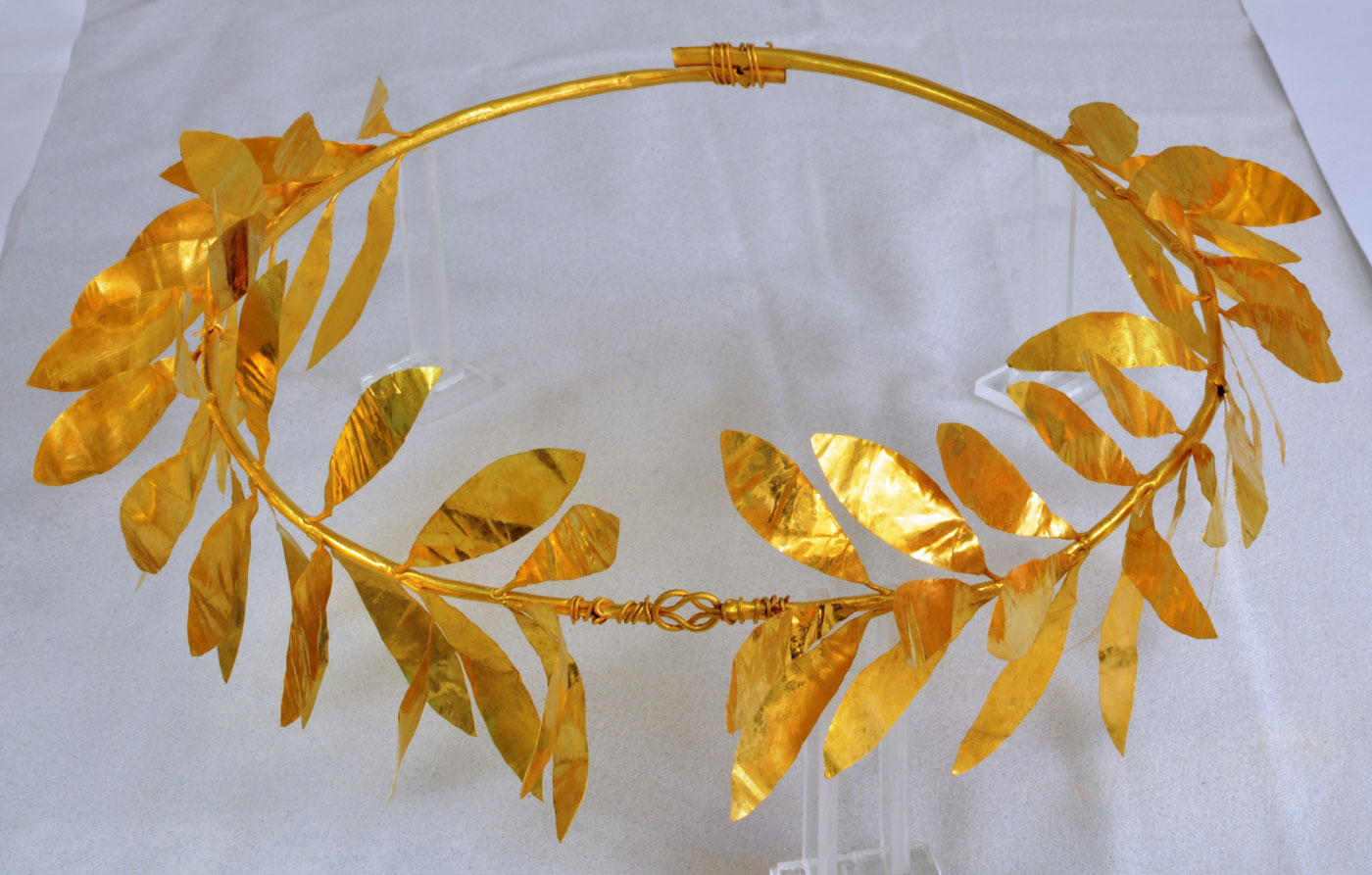
What the passenger will see
At the end of 2021 - early 2022, the restored archaeological site at Venizeloy station will be delivered to the public. Metro users will see, amongs others, the well-preserved section (84 meters long) of the ancient roadway, where residents, merchants and customers of numerous workshops and shops crowed from the 6th to the 14th century. The road remained in situ with a decision of KAS. "What kind of logical man could think of the destroy of this road? How can you disturb its undisturbed timelessness from the sixth century to the present? No one dared to touch it. Will be us to do that? ", Polyxeni Adam-Veleni, the head of the Ephorate of Antiquities of Thessaloniki City said, in her earliest interview in “Kathimerini” newspaper. Regarding the restored archaeological site of Aghia Sofia Station, thε deconstruction of Decumanus Maximus (73 meters) was not avoided. Passengers will see only parts of the road that will be replaced on the platform at a higher point than its original position.

Outside the wall
The excavations of Dimokratias and branch of Stavroupolis’ Stations, the New Railway Station, complemented our knowledge of the spatial development for the region outside the walls, the western area from the 6th c. B.C. to the modern times. The well-known Egnatia Odos, which was extended to the Golden Gate and connected Thessaloniki with Pella and the torrents of the area, were the definitive elements of its spatial organization. The excavations brought to light the decks of the road and part of the western ancient necropolis with marbles sarcophagi and luxurious burial buildings as its outstanding finds of the 2nd, 3rd and 4th c. A.D. On the fringes of the necropolis, just outside the western walls and bothways of the road, national storage complexes of wine and oil and workshops of late antiquity were found.
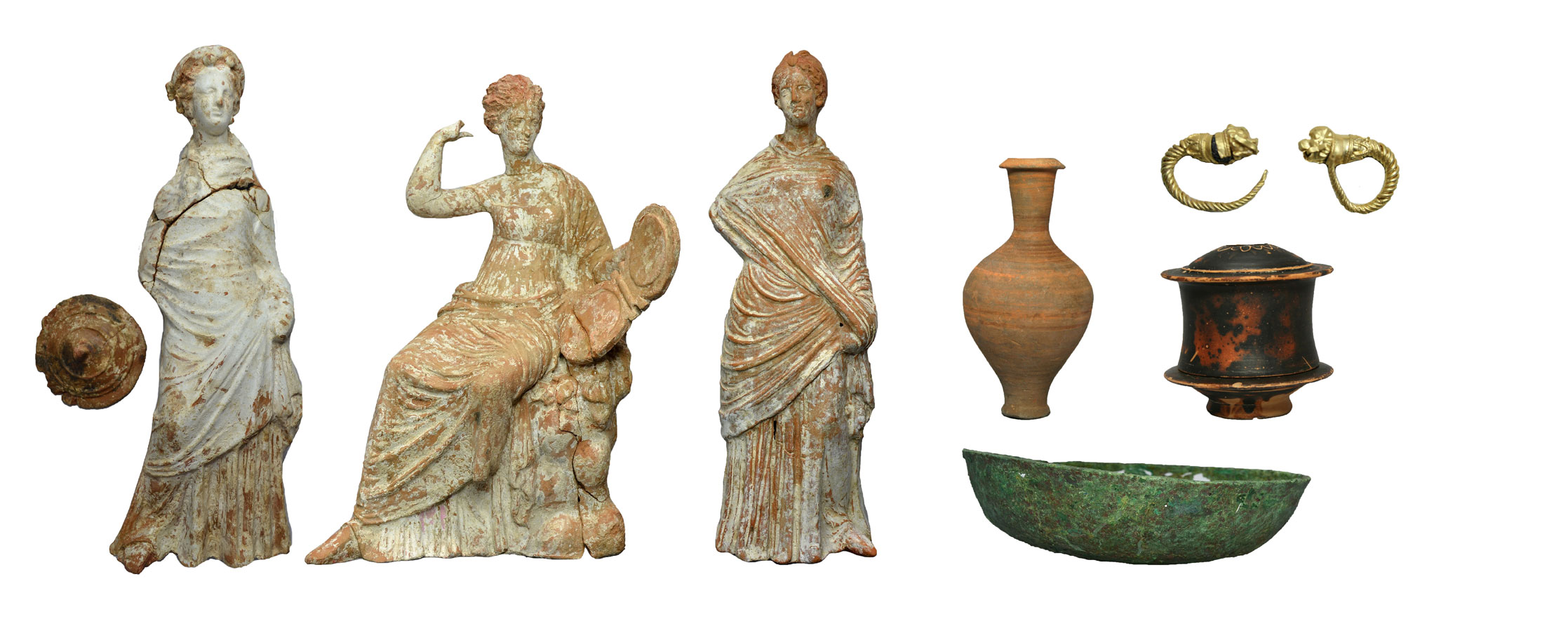
The information derives from the announcements that the archaeologists of the Ephorate of Antiquities of Thessaloniki, Stella Vasileiadou, Krino Konstantinidou, Eleni Lambrothanasi, Tania Protopsalti, Stavroula Tzevreni, presented at the meeting "Both antiquities and Metro".
